“Have you seen anything?”
The seemingly innocuous question comes from a prim lady in a bright mac and matching lipstick, who I will now spend the next fortnight thinking about.
Because though she’s asked a simple question, I’m at an absolute loss to answer it without sounding cheeky, sarcastic or stupid.
Let me explain: we’re standing at the top of Pitlochry Dam on an overcast summer Sunday.
Behind and below us is the dam itself, a 73-year-old feat of engineering and formidable structure to behold.
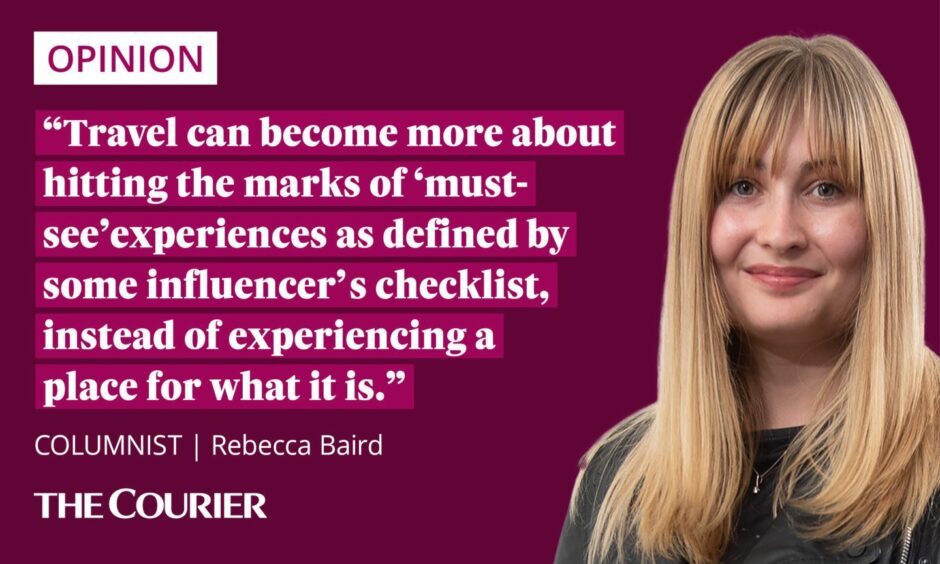
Water rushes on the steps of the famous fish ladder, built to help salmon traverse the dam and get to their spawning area each year.
Underfoot at the top of the 54ft tall concrete behemoth, the drum gate mechanisms creak and shudder, betraying the sheer volume and force of the water it holds, and which still powers thousands of homes in the area.
I spy birds perched on the structure’s front face, which I think are some sort of finch but I’m no ornithologist so I can’t be sure.
They are happily birding about, unaware and unfazed by the man-made might which stands between them and the gallons of water above.
Then there’s the view in front of me – the Tummel reservoir, still and tranquil and enclosed in a glade of towering, emerald firs. The sky is steely and full of drama.
The stillness is breath-taking, and I stand mesmerised as I watch light rain droplets prick the glassy surface for a good ten minutes before the tourist’s voice breaks through, braying: “Have you seen anything?”
‘What are you wanting? A swimming elephant?’
Later, I realised she was probably talking about salmon. But at the time, as she followed my gaze out to the silver middle of the river, peering expectantly, I said all I could think: “Eh?”
Because in my mind, I was thinking: What are you wanting? A swimming elephant? Look! Look at all this!
Unimpressed by me, and the view which had literally stopped me in my tracks, she sniffed away in search of something exciting. I was glad; more view for me.
But it did get me wondering about tourism in the age of instant gratification, and the endless search for ‘more’.
In 2024, it can be quite hard to be impressed.
Is the doomscroll ruining travel?
The constant stream of aspirational content and Instagrammable dreams sold to us by social media means we become obsessed with the idea of a place or thing, long before experiencing the thing itself.
And the doomscroll has gamified our brains into a constant search mode, where we’re never satisfied with what’s in front of us because we’re already craving the ‘next thing’.
Which means that when we do eventually visit those bucket list spots or get our dream car or even meet someone we really like, it can be hard to feel present and satisfied.
Instead, we become numb to the impressive things in front of us, already hankering after the next dose of novelty-induced dopamine.
And it means travel can become more about hitting the marks of ‘must-see’ experiences as defined by some influencer’s checklist, instead of experiencing a place for what it is.
You don’t have to ditch your phone to be present
That’s not to say social media can’t enhance tourism. It’s put places like Pitlochry on the map for those seeking picturesque villages that actually live up to their postcards.
And when we stopped for fish and chips in the town, I watched as two elegantly overdressed gal pals took turns taking photos of one another in front of a gorgeous wee doorway that they’d clearly become enamoured with as they were passing.
They were laughing, joking, dancing in the street, interacting with locals and clearly having the time of their lives.
More importantly, they were in the moment, appreciating the small wonders and beauties of the place they were visiting.
Perhaps when visiting ‘must-see’ spots this summer, we should all be less concerned about what we expect to see, and open our eyes – and cameras – to what’s right in front of us.
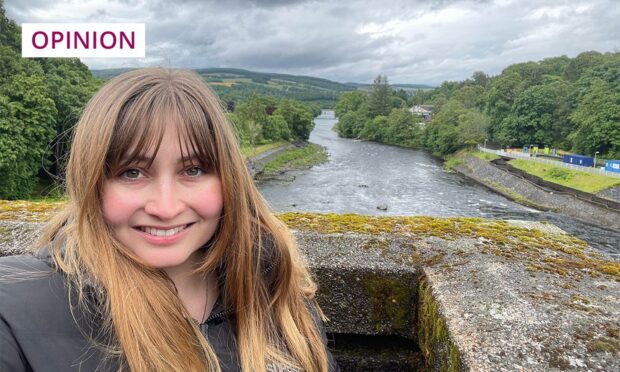
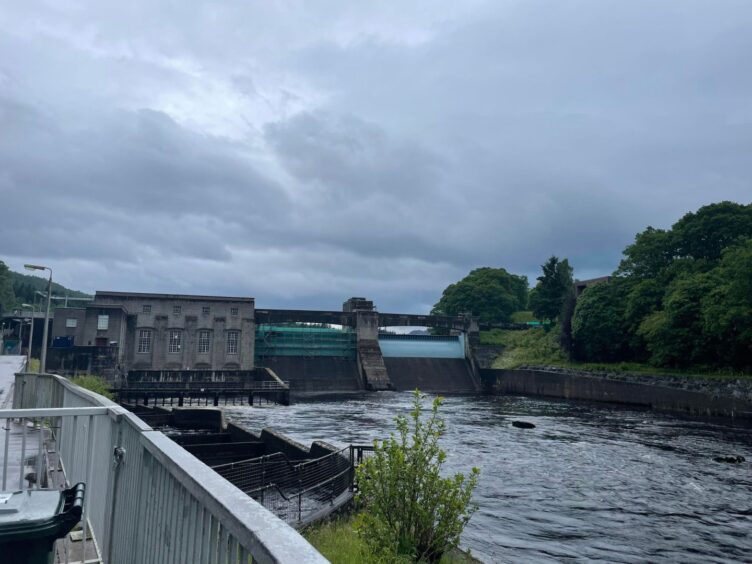
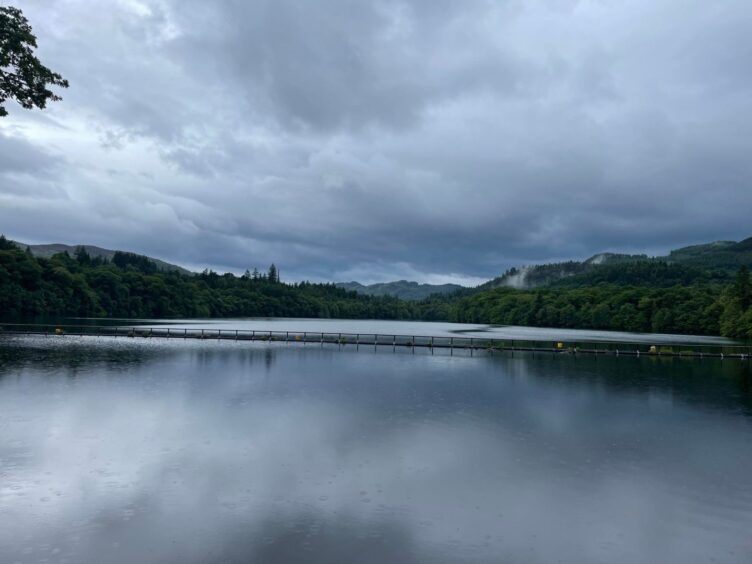
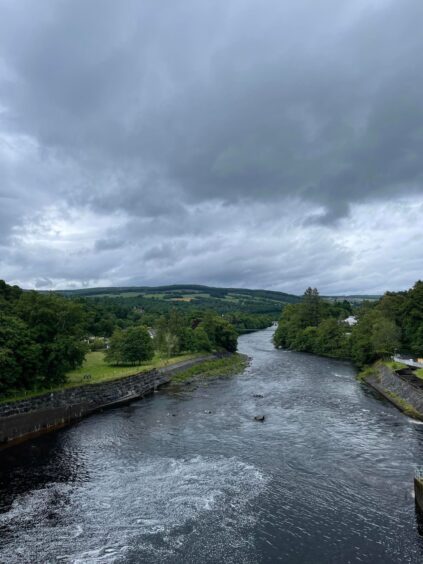
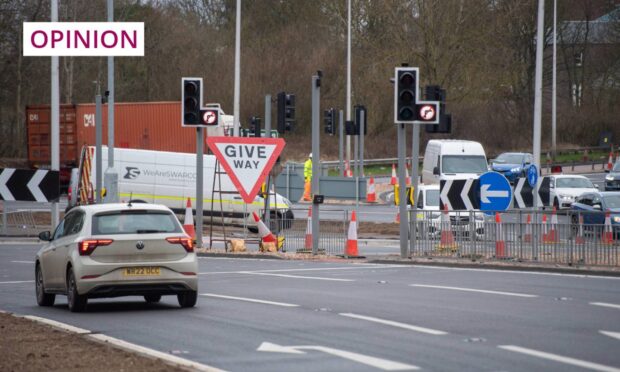

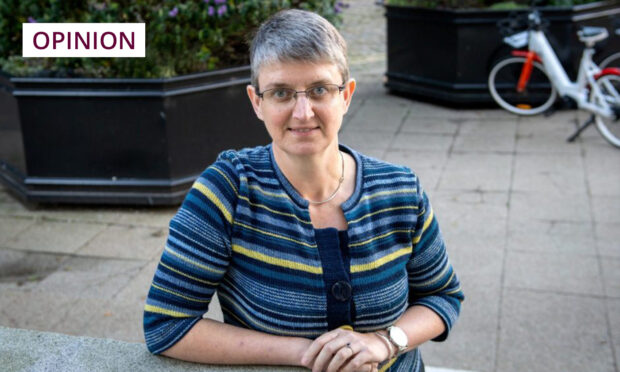







Conversation